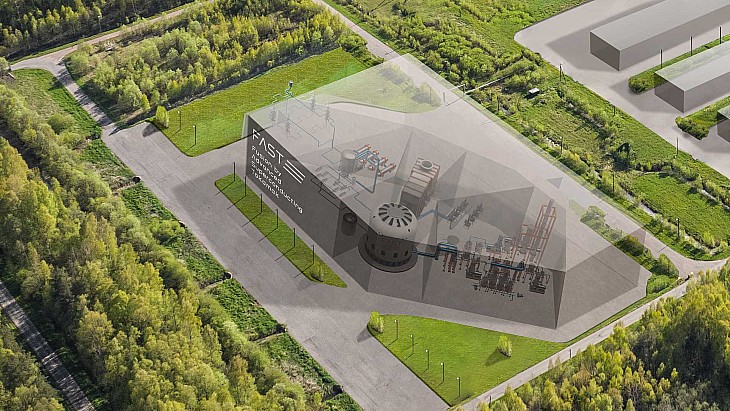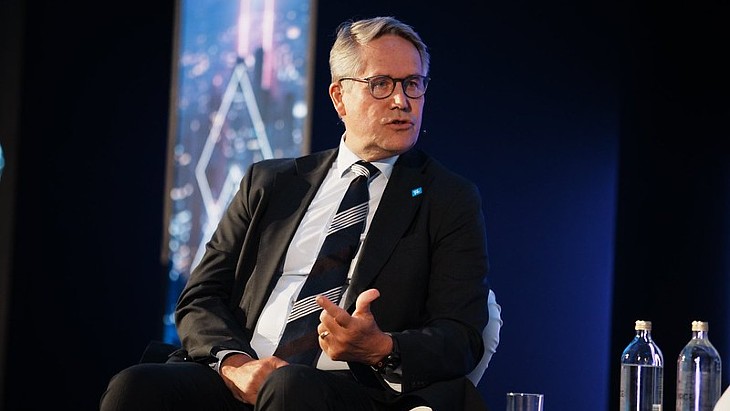First Light uses a high-velocity projectile to create a shockwave to collapse a cavity containing plasma inside a 'target'. The design of these targets is First Light's "technical USP", the company said.
Machine 3 can discharge up to 200,000 volts and more than 14 million amperes - the equivalent of nearly 500 simultaneous lightning strikes - within two microseconds. The GBP3.6 million (USD4.6 million) machine uses some 3 kilometres of high-voltage cables and another 10 kilometres of diagnostic cables. Machine 3 uses electromagnetism to fire projectiles at around 20 kilometres per second.
Last July, First Light Fusion successfully fired the first test 'shot' on one of the six limbs of Machine 3 and swiftly proceeded to test three-limb shots in September.
Nicholas Hawker, founder and CEO of First Light Fusion, said: "This is another major milestone for First Light Fusion. Commissioning of Machine 3 has been completed and performance has been confirmed to meet the design specification. We have now started our experimental campaigns. These will culminate in the first demonstration of fusion from one of our target designs. These targets have many elements and we are holding ourselves to a very high scientific standard, verifying operation of each element in isolation and cross-comparing with simulation predictions at all stages."
He said the company is confident that it will be able to demonstrate first fusion using Machine 3 by mid-2019. "After fusion, the next phase is to show energy gain, which we aim to complete by 2024," Hawker added.
The fusion energy gain factor is the ratio of fusion power produced in a nuclear fusion reactor to the power required to maintain the plasma in steady state.
"In parallel we are working on the reactor concept and on the commercial aspects of the technology," Hawker said. "Our technology is uniquely scalable and we believe we can see a clear pathway to the first reactors producing power. We must be led by the science and there is still a lot to do, but if we can find the target that works with our reactor design, fusion would not be 'always 30 years away' - we could make it happen much faster than that."
Last December, First Light Fusion said it was collaborating with the UK Atomic Energy Authority on a project to convert fusion reactions into heat to enable clean power production. The 'fusion island' project is to be partly funded by a grant from the Department for Business, Energy & Industrial Strategy.
First Light Fusion was founded by Professor Yiannis Ventikos, who is currently the head of the Mechanical Engineering Department at University College, London, and Dr Nicholas Hawker, formerly an engineering lecturer at Lady Margaret Hall, Oxford. The company was spun out from the University of Oxford in July 2011, with seed capital from IP Group plc, Parkwalk Advisors Ltd and private investors. Invesco and OSI provided follow-on capital.

.jpg)



_82983.jpg)
_34792.jpg)
_16403_79272.jpg)


_76087_55556.jpg)



